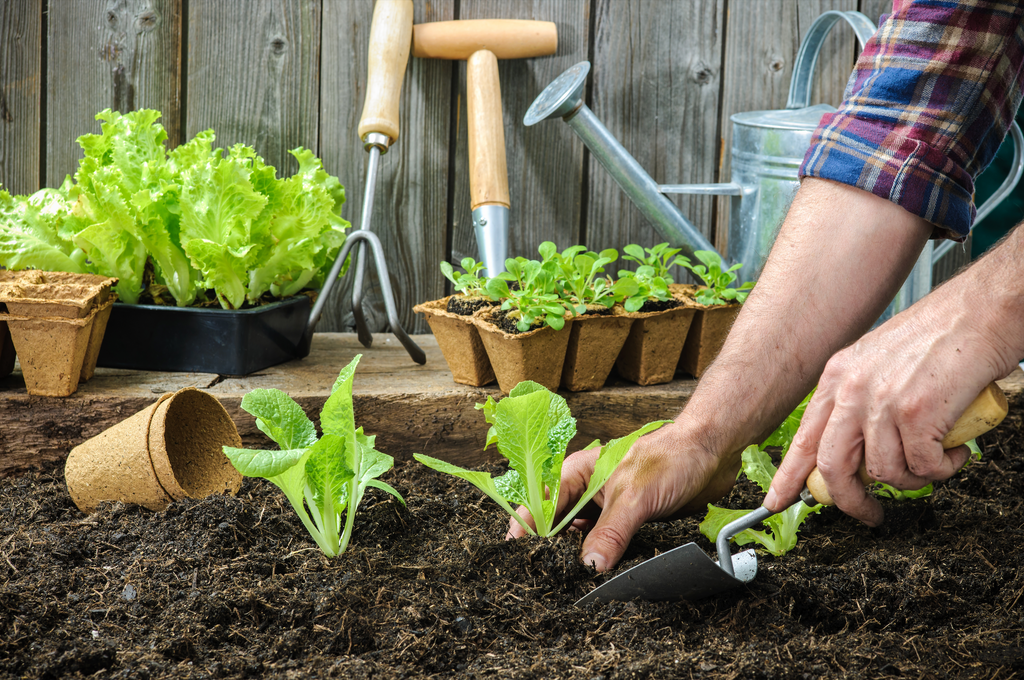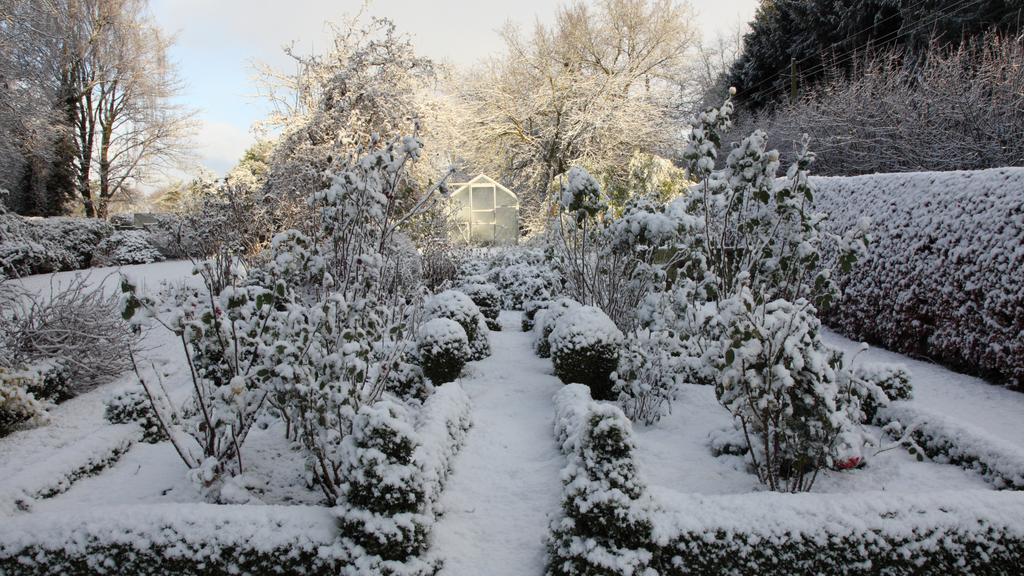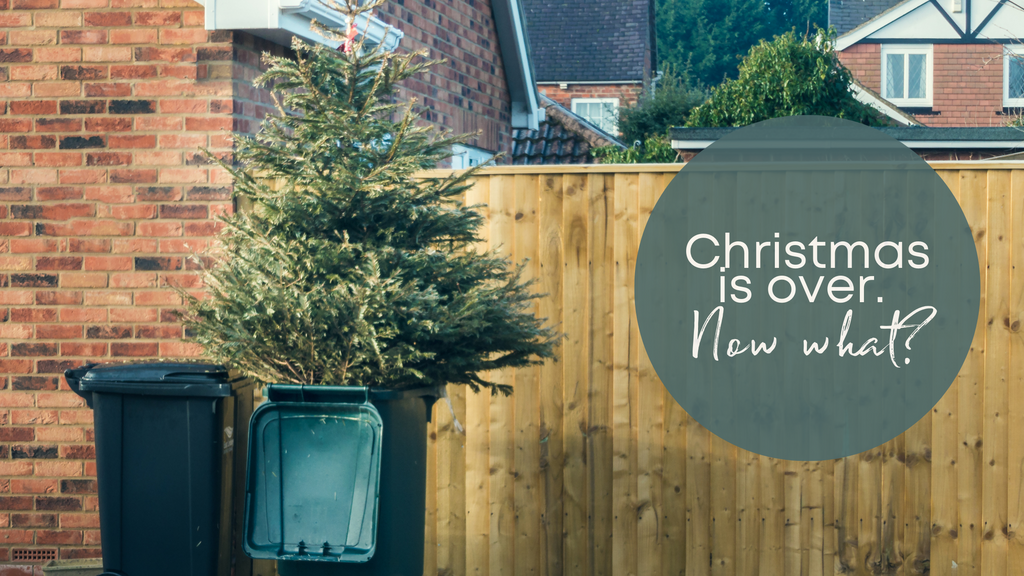
Spring flowering bulbs – a complete guide


We all know of someone who is named Lily, whether it be a neighbour, friend, or the mother of Harry Potter from our beloved fictional universe – we can’t help but draw our own conclusions as to whether the person in question matches the flower.
Similarly, the name Iris is derived from its flower counterpart, the character and appearance of the person so named is not for us to judge.
Our love affair with spring bulbs extends far enough for us to name our children accordingly and wish for gardens full of them. The flowers, with their ability to give us pause due to their vivid beauty, have become a staple contribution to any photographic portfolio – and rightly so. Spring is a majestic time as the blooming of these gorgeous bulbs put a full stop to winter, ushering in warmer weather as if Mother Nature blesses the land on sight and scent alone.
With spring, though, come the nose-tickling allergies. This is a small price to pay for the rainbow visage blatantly on display by our flowery friends.
The questions remain: What are these spring flowering bulbs and how do we grow them?
In an effort to extend our gardening knowledge to you, we have broken the questions down in our easy-to-follow guide. Without further ado, here goes:
What are spring flowering bulbs?
Also called ‘hardy bulbs’, spring bulbs are bulbs that are usually planted in autumn and then spend the colder months of winter in the ground before popping out and flowering in spring. The cold temperature is necessary to break their dormancy and the bulbs will likely flower to their full potential.
The most common spring bulbs are names with which we are all familiar such as:
- Tulips
- Irises
- Daffodils
- Crocus
- Hyacinth
- Allium
Different types of bulbs
Usually mistaken as plants that have fleshy, underground storage structures, bulbs are any plant that has an underground storage structure AND completes its entire life cycle in it. The biggest purpose of these storage structures is to store essential nutrient reserves. This ensures that the plants’ survival chances are high, and therefore spring flowering bulbs are referred to as hardy bulbs.
Perennials by nature have different periods of growth, followed by flowering. After flowering is completed and the growing season finishes, a period of dormancy ensues where the plant dies down to the ground level. For bulbs that flower in spring, the end of the growing season persists in late spring or early summer.
Home Stratosphere lays out a brilliant and detailed guide on various types of bulbs here.
How and when to plant them?
Bulbs are temperature dependent, with some bulbs being outright fussy. Ideally, you should get your bulbs in the ground at most two months before the frost. Any longer and your crop may not yield any aesthetic delight. The recommended approach is 6 weeks prior to the ground freezing and as such, it is area dependent as some experience the cold faster than others.
Plant Depth
Research is always required when it comes to gardening – and you cannot have too much information when it comes to your beloved garden. For instance, when planting your spring bulbs, it is key to note just how deep to sow your bulb. If you dig too far into the ground, your flowers will bloom late, or not at all. Whilst we all love a grand entrance – blooming out of sync with the rest of your garden can leave a disappointing view.
It is good to know the height your plant will grow to and then dig two to three times as deep for best flowering results.
Soil Prep
Loosen your soil and try to mix in organic material for a nutrient rich environment. You can also add bulb fertilizers to give your flowers an advantage.
Bulb focus
Pointy end up and roots point down. And whilst this is usually fairly obvious, there are some bulbs that defy common reasoning – for these, plant on their sides and they will find their way up on their own.
Nurture
Once in the ground, cover your bulb with soil and add a light layer of mulch. Remember that your bulbs when planted should be well watered to get settled in. If your garden is prone to critters, consider bulb baskets to keep those pesky insects out.
Advantages of bulbs
In addition to the amazing colours and scents that bulbs provide, they are inexpensive. Flowering bulbs have that massive storage in which there is a reserve of energy and food for the plant as it grows roots, leaves, and finally, flowers.
Easy-to-plant and maintain, bulbs remain ever popular as almost all bulbs come ready to be sown and aren’t all that picky about the type of soil you plant them in. Their fussiness, as mentioned above, is with regards to temperature.
You can try growing your bulbs in pots, under trees, and even across the lawn. Wherever you seek some additional colour, consider these plants.
Tips and tricks
If you’ve purchased your bulbs too early in the year and wish to plant them at the recommended time, you can store them in the fridge until you need them – within the same season, of course. Just be sure that your fridge is free from fruit as that can really ruin your bulbs (more on this on our blogs to come).
Bulbs prefer a neutral to slightly acidic soil type so be sure to plant within PH levels of 6 – 7 for best results.
Consider the overall landscape and let your inner designer come through as you plant your bulbs according to your individual preferences. Have fun with them and don’t be a bore.
Always remember that the quality of the bulb you purchase will be noted in the bloom that follows.
Pre-order your Spring Flowering Bulbs Now! Delivery in September. The more you buy, the more you save!
For hassle-free flower and bulb delivery, fresh produce (and much more), visit us at UCS Fresh







